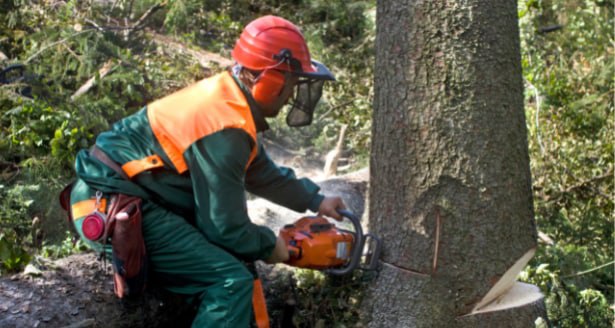
Introduction: Historical landscape rehabilitation plays a crucial role in the quest to preserve our cultural heritage and connect with the past. For centuries, trees have been integral components of historical landscapes, shaping our surroundings’ natural and cultural heritage. At Sheppey Tree Surgeons, we understand the significance of tree trimming in rehabilitating historic landscapes, as it helps revive the beauty and authenticity of these cherished environments.
Honouring the Past Through Landscape Rehabilitation
Historical landscapes are more than just collections of trees and vegetation; they are living artefacts that tell the stories of bygone eras and the people who inhabited them. However, neglect, development, and environmental factors can degrade these landscapes over time, obscuring their historical significance and beauty.
Landscape rehabilitation seeks to reverse this decline by restoring historical features and characteristics while ensuring their continued vitality and relevance for future generations. Trees, with their longevity and resilience, are key elements in this process, serving as anchors that connect us to the past and guide us toward a more sustainable future.
The Importance of Tree Trimming in Historical Landscape Rehabilitation
Tree trimming plays a pivotal role in historical landscape rehabilitation by:
- Preserving Historical Character: Trimming trees in historical landscapes requires a delicate balance between preserving their historic character and ensuring their health and safety. By carefully pruning branches and shaping canopies, tree surgeons can maintain the aesthetic integrity of historical trees while promoting their longevity.
- Revealing Architectural Features: Overgrown trees can obscure architectural features and structures integral to historical landscapes. Trimming back vegetation reveals these features, providing visitors with a clearer understanding of the landscape’s historical significance and design.
- Promoting Biodiversity: Historical landscapes are often characterised by diverse ecosystems that support a wide range of flora and fauna. Tree trimming practices prioritising biodiversity conservation, such as selective pruning to encourage wildlife habitat and native species planting, contribute to historical landscapes’ ecological health and resilience.
- Managing Risk and Safety: Public safety is paramount in historical landscapes frequented by visitors. Tree trimming helps to mitigate the risk of falling branches or hazardous conditions, creating a safer environment for visitors to explore and enjoy.
Collaboration for Conservation
Successful historical landscape rehabilitation requires collaboration between tree care professionals, historians, conservationists, and community stakeholders. By working together to identify historical features, develop conservation plans, and implement tree trimming and maintenance strategies, we can ensure that these cherished landscapes continue to inspire and educate future generations.
Conclusion: Historical landscape rehabilitation is a labour of love honouring the past while shaping the future. By recognising the importance of tree trimming in this process, we can breathe new life into historical landscapes, preserving their beauty, authenticity, and cultural significance for future generations.
Call us on: 01795 718597
Click here to find out more about Sheppey Tree Surgeons
Click here to complete our contact form and see how we can help with your tree’s needs.